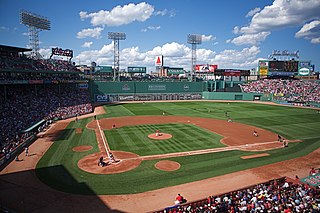Carlos Wesley "Don" Byas was an American jazz tenor saxophonist, most associated with bebop. He played with Count Basie, Duke Ellington, Art Blakey, and Dizzy Gillespie, among others, and also led his own band. He lived in Europe for the last 26 years of his life.

Joe Williams was an American jazz singer. He sang with big bands such as the Count Basie Orchestra and the Lionel Hampton Orchestra and with his combos. He sang in two films with the Basie orchestra and sometimes worked as an actor.

James Andrew Rushing was an American blues shouter, balladeer, swing jazz singer, and pianist from Oklahoma City, Oklahoma, best known as the featured vocalist of Count Basie's Orchestra from 1935 to 1948.
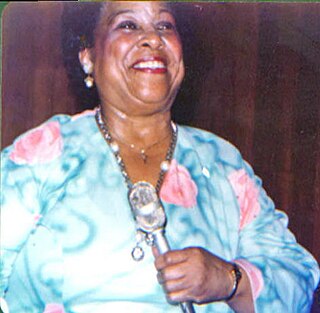
Helen Humes was an American jazz and blues singer.

Wilbur Dorsey "Buck" Clayton was an American jazz trumpet player who was a leading member of Count Basie's "Old Testament" orchestra and a leader of mainstream-oriented jam session recordings in the 1950s. His principal influence was Louis Armstrong. The Penguin Guide to Jazz says that he “synthesi[zed] much of the history of jazz trumpet up to his own time, with a bright brassy tone and an apparently limitless facility for melodic improvisation”. Clayton worked closely with Li Jinhui, father of Chinese popular music in Shanghai. His contributions helped change musical history in China, Hong Kong and Taiwan.
Charles Phillip Thompson was an American swing and bebop pianist, organist, composer, and arranger.
James Robert Forrest Jr. was an American jazz musician, who played tenor saxophone throughout his career.

The Count Basie Orchestra is a 16 to 18 piece big band, one of the most prominent jazz performing groups of the swing era, founded by Count Basie in 1935 and recording regularly from 1936. Despite a brief disbandment at the beginning of the 1950s, the band survived long past the Big Band era itself and the death of Basie in 1984. It continues as a 'ghost band'.

Jonathan David Samuel Jones was an American jazz drummer. A band leader and pioneer in jazz percussion, Jones anchored the Count Basie Orchestra rhythm section from 1934 to 1948. He was sometimes known as Papa Jo Jones to distinguish him from younger drummer Philly Joe Jones.
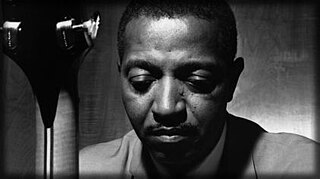
Frederick William Green was an American swing jazz guitarist who played rhythm guitar with the Count Basie Orchestra for almost fifty years.
Walter Sylvester Page was an American jazz multi-instrumentalist and bandleader, best known for his groundbreaking work as a double bass player with Walter Page's Blue Devils and the Count Basie Orchestra.
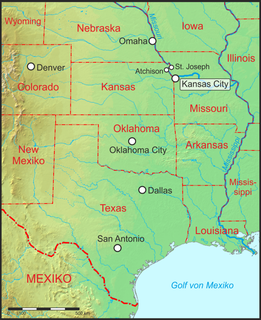
Kansas City jazz is a style of jazz that developed in Kansas City, Missouri during the 1920s and 1930s, which marked the transition from the structured big band style to the musical improvisation style of Bebop. The hard-swinging, bluesy transition style is bracketed by Count Basie who in 1929 signed with the Bennie Moten's Kansas City Orchestra and Kansas City native Charlie Parker who ushered in the Bebop style in America. "While New Orleans was the birthplace of jazz, America's music grew up in Kansas City". Kansas City is known as one of the most popular "cradles of jazz". Other cities include New Orleans, Chicago, St. Louis, Pittsburgh, Philadelphia, and New York City. Kansas City was known for the organized musicians of the Local 627 A.F.M., which controlled a number of venues in the city.

Herschel "Tex" Evans was an American tenor saxophonist who worked in the Count Basie Orchestra. He also worked with Lionel Hampton and Buck Clayton. He is also known for starting his cousin Joe McQueen's interest in the saxophone.
Earle Warren was an alto saxophonist and occasional singer with Count Basie.

Sing a Song of Basie is a 1957 album by Lambert, Hendricks & Ross.
"Lester Leaps In" is a jazz standard originally recorded by Count Basie's Kansas City Seven in 1939. The composition, credited to the group's tenor saxophone player Lester Young, is a head arrangement based on the chord progression of "I Got Rhythm", and serves as a vehicle for interweaving solos by Young and Basie.
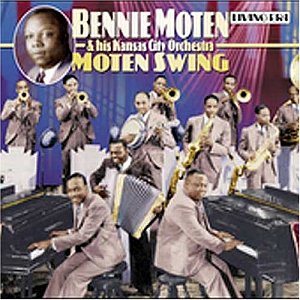
"Moten Swing" is a 1932 jazz standard by Bennie Moten and his Kansas City Orchestra. It was an important jazz standard in the move towards a freer form of orchestral jazz and the development of Swing music. Moten and his Orchestra, which included Count Basie on piano, achieved much success with it, although the song is most associated with Basie's Count Basie Orchestra, who recorded it in 1940.

Basie Jazz is an album by pianist/bandleader Count Basie recorded in 1952 and released on the Clef label in 1954. Selections from this album were also released on the 1956 Clef LPs The Swinging Count! and Basie Rides Again!.
